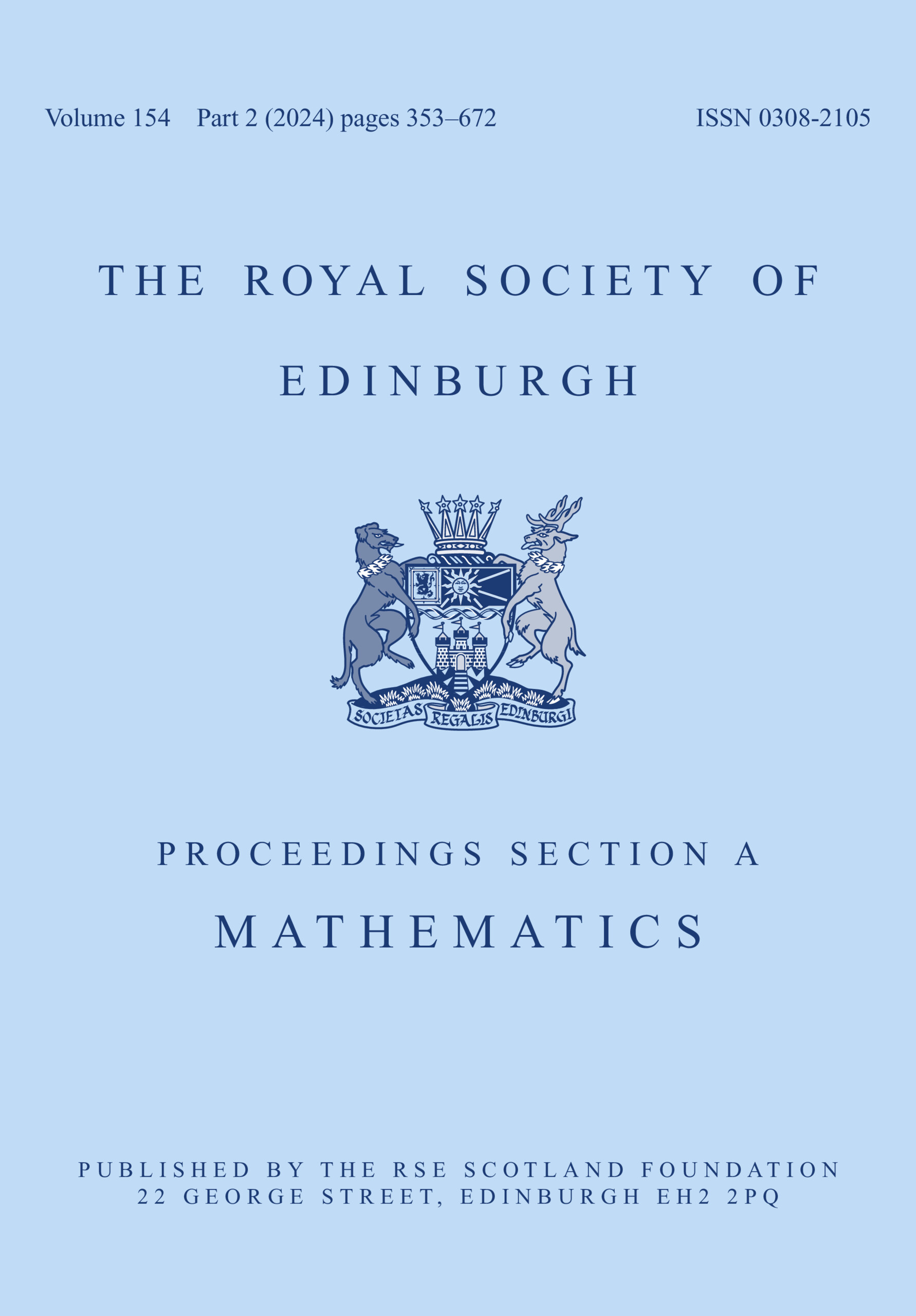No CrossRef data available.
Article contents
Bifurcations and pattern formation in a host–parasitoid model with nonlocal effect
Published online by Cambridge University Press: 04 March 2024
Abstract
In this paper, we analyse Turing instability and bifurcations in a host–parasitoid model with nonlocal effect. For a ordinary differential equation model, we provide some preliminary analysis on Hopf bifurcation. For a reaction–diffusion model with local intraspecific prey competition, we first explore the Turing instability of spatially homogeneous steady states. Next, we show that the model can undergo Hopf bifurcation and Turing–Hopf bifurcation, and find that a pair of spatially nonhomogeneous periodic solutions is stable for a (8,0)-mode Turing–Hopf bifurcation and unstable for a (3,0)-mode Turing–Hopf bifurcation. For a reaction–diffusion model with nonlocal intraspecific prey competition, we study the existence of the Hopf bifurcation, double-Hopf bifurcation, Turing bifurcation, and Turing–Hopf bifurcation successively, and find that a spatially nonhomogeneous quasi-periodic solution is unstable for a (0,1)-mode double-Hopf bifurcation. Our results indicate that the model exhibits complex pattern formations, including transient states, monostability, bistability, and tristability. Finally, numerical simulations are provided to illustrate complex dynamics and verify our theoretical results.
Keywords
MSC classification
Information
- Type
- Research Article
- Information
- Proceedings of the Royal Society of Edinburgh Section A: Mathematics , Volume 155 , Issue 5 , October 2025 , pp. 1855 - 1894
- Copyright
- © The Author(s), 2024. Published by Cambridge University Press on behalf of The Royal Society of Edinburgh


